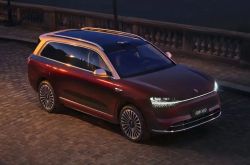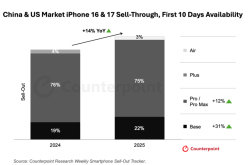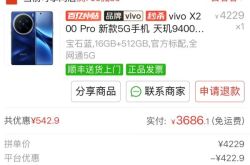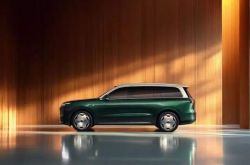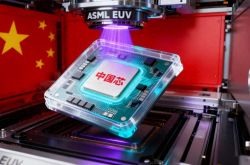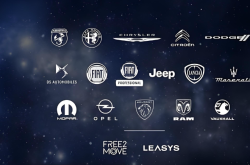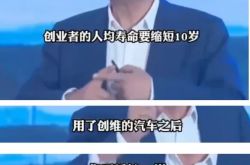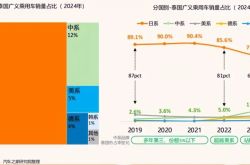Autonomous Driving Unicorn Nuro Raises $100 Million in Refinancing, But Valuation Keeps Falling: What's Behind the Story?
![]() 04/14 2025
04/14 2025
![]() 482
482
Introduction
From "Silicon Valley's Darling" to "Valuation Halved": The Tumultuous Tale of Autonomous Driving.
In April 2025, American autonomous driving company Nuro announced the completion of a new round of $106 million (approximately RMB 775 million) in financing. However, its valuation plummeted from a peak of $8.6 billion to $6 billion – equivalent to shaving off 30% of the edges of Tesla's Cybertruck.
This star company, once a magnet for investments from SoftBank, Toyota, and Google, was hailed as the "king of valuation in the unmanned delivery track" during its heyday, even prompting the U.S. federal government to break 50 years of automotive safety regulations for it.
Yet now, it has to lay off 20% of its employees, abandon its "joint vehicle manufacturing plan" with China's BYD, and even pivot to selling autonomous driving technology solutions.
From "top-tier" to "survival," Nuro's story mirrors the autonomous driving industry – after the capital heatwave recedes, those swimming naked will eventually surface.
Don't worry, let Unmanned Vehicles Coming (WeChat official account: Unmanned Vehicles Coming) tell you more!
(For reference reading, please click:
"Driverless: $4 Billion in Financing in Q1 2025, Capital Begins to Hoard 'Screws' and 'Sweeping Monks'?")
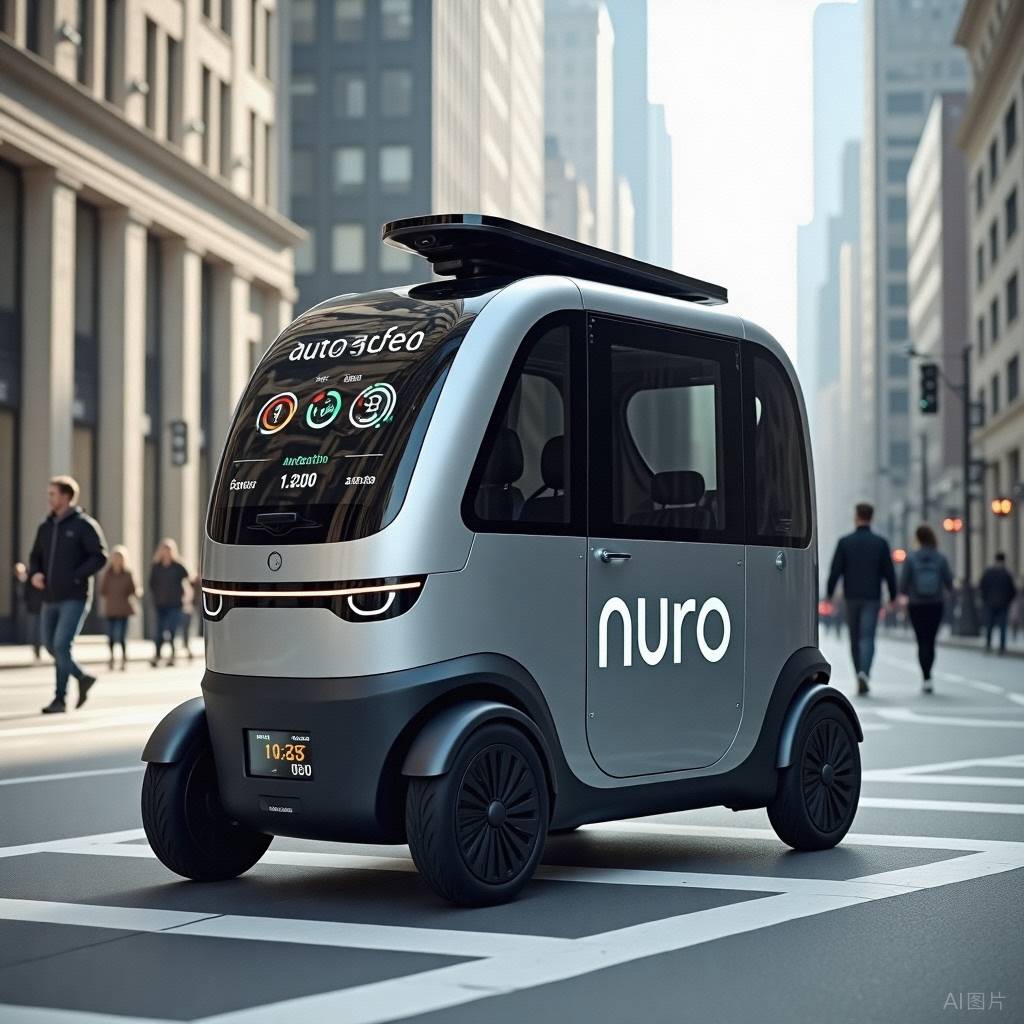
I. Once a "Hotcake", Financing was Easy to Obtain
Nuro is an autonomous driving technology startup founded in 2016 with its headquarters in San Francisco, USA.
Both founders have impressive backgrounds, both hailing from Google and being experts in the field of autonomous driving.
One is Zhu Jiajun, the former chief software engineer of Google's self-driving car team. After interning at Intel in 2005, he joined Google and later became the chief software engineer of Google's autonomous driving team.
The other is Dave Ferguson, who was once the head of computer vision and machine learning at Google, and is hailed as a "living fossil" in the field of machine learning.
With such a strong team background, Nuro has been favored by the capital market since its inception.
Since its establishment, Nuro has consistently raised funds, earning the title of "top student" in the financing world, with cumulative financing exceeding $2.2 billion.
In January 2018, it completed a $92 million Series A round of financing, with investors including Gaorong Capital, NetEase founder Ding Lei, ZhenFund, Greylock Partners, etc., a star-studded lineup.
Immediately afterwards, in February 2019, SoftBank Vision Fund invested $940 million.
In November 2020, T. Rowe Price led a $500 million Series C round of financing, with numerous well-known investment institutions participating.
In December 2021, Tiger Global Management led a $600 million Series D round of financing, with many big-name institutions taking part.
At that time, with the support of capital, Nuro's valuation soared to $8.6 billion (higher than NIO's market capitalization at its IPO), making it a dazzling unicorn in the field of autonomous driving in the United States.
II. Obtained Financing Again, But Valuation was "Discounted"
On April 9 local time, Nuro announced another financing round, raising $106 million in the latest round, with investors including familiar faces such as T. Rowe Price, Fidelity Management & Research Company, and Tiger Global Management.
However, this time the situation is different. The previous round of financing was more than three years ago, in late 2021, when the venture capital boom was at its peak, and Nuro's valuation was as high as $8.6 billion.
After this round of financing, its valuation dropped to $6 billion, a decrease of over 30%.
Nevertheless, Nuro's co-founder Dave Ferguson is very satisfied with the current valuation. He said that the market was at its peak during the previous round of financing, and this valuation allows them to be confident that their new market strategy will succeed. It seems that Nuro has its own plans for the future, and this new financing will be used to upgrade autonomous driving technology and promote business cooperation.
III. Starting from Unmanned Delivery, All the Way "Racing Ahead"
In the early stages of its entrepreneurship, Nuro set its sights on the field of last-mile unmanned delivery and quickly launched a series of products.
Their killer feature is the "three-no design" – no steering wheel, no pedals, and no human seat.
When the first-generation model R1 debuted in 2018, Musk mocked on Twitter: "This thing delivers pizzas? Might as well use a rocket to deliver takeout!"
This car was like a pioneer, verifying the feasibility of unmanned delivery vehicles.
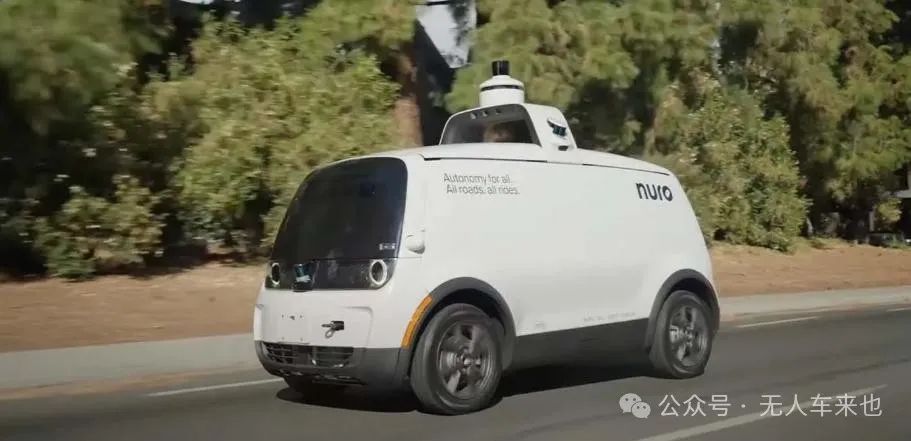
Just two years later, in February 2020, the second-generation unmanned delivery vehicle R2 made its debut. It has a similar appearance to R1 but has been upgraded in many aspects, making it more suitable for commercial operation.
Instead of customizing each vehicle like R1, Nuro partnered with automotive manufacturer Roush for design.
R2's cargo capacity is 65% larger than R1's, able to accommodate 20 shopping bags, and its compartments have a temperature control design to better preserve food. Its external touchscreen is larger, battery life is doubled, vehicle weight has increased to 1.15 tons, and side mirrors have been eliminated.
With this exemption, Nuro became the first company to test fully autonomous vehicles on public roads in California under the license of the California Department of Motor Vehicles (DMV), without drivers or passengers.
In January 2022, Nuro released the third-generation unmanned delivery vehicle jointly developed and designed with BYD. According to the plan, this vehicle was expected to go into mass production in 2023, with double the cargo capacity of the previous generation but a 50% reduction in cost, originally serving as the "main force" for Nuro's commercial expansion. In preparation for large-scale commercialization, Nuro expanded rapidly, doubling its team size to 1,500 in two years.
IV. Encountering a Cold Winter, Transforming to Survive
But reality is always full of variables.
In 2022, the global economic situation was unstable, and the autonomous driving industry also entered a cold winter. Nuro was not spared, facing tight capital chain issues due to its inability to turn a profit.
Helplessly, in November 2022, Nuro made the difficult decision to lay off about 20% of its employees and slowed down its commercialization efforts, delaying the mass production of the third-generation unmanned delivery vehicle and abandoning its cooperation with BYD, plunging the company's development into a trough.
However, Nuro did not sit idly by. In September 2024, Nuro announced that it would expand its business model from unmanned delivery to the field of autonomous driving technology, covering levels L2 to L4. Nuro's Chief Technology Officer Andrew Clair said: "On the one hand, the company's autonomous driving technology has made great progress and can handle a wider range of tasks; on the other hand, at the beginning of its establishment, automotive companies did not pay enough attention to L4 autonomous vehicles, so Nuro had to manufacture its own hardware. Now, with more players joining, Nuro can achieve commercialization by providing technology." As a result, Nuro launched the fourth-generation unmanned driving system Nuro Driver, using NVIDIA Thor chips and Arm's Neoverse technology, with a powertrain developed by BYD, covering L2-L4 autonomous driving technology. Nuro CTO Andrew made a bold statement at the press conference: "Since delivering takeout can't support ourselves, we'll teach others how to drive!" Since then, Nuro's business model has undergone a significant transformation, and its official website now introduces more about autonomous driving-related technologies.
V. Dawn and Reefs of the New Story: Self-Cultivation of Taxi Drivers
In the Mission District of San Francisco, Nuro's new cars are undergoing "hellish" road tests: homeless people pouring coffee on sensors, skateboarders performing wheel ballet, street artists sticking stickers on lidars...
These absurd scenarios are the coming-of-age ceremony for autonomous driving companies.
A comprehensive record of transformation pain:
Regulatory maze: To pass the California CPUC certification, the legal team devoured legal documents 3 meters high; Technical mysticism: The system misidentified the reflection of the Golden Gate Bridge as a "phantom traffic jam," triggering collective emergency braking; User domestication: Design "cute AI voice," saying "Oops! I seem to have scared you" during emergency braking.
But dawn has appeared:
Cost miracle: The manufacturing cost of the fourth-generation model is pressed down to $48,000, 37% lower than peers; Energy consumption myth: Electricity cost per kilometer is $0.02, cheaper than a human driver's coffee; Order-taking legend: Achieving an average of 58 orders per day in Phoenix, surpassing 80% of human drivers.
Investors have reignited their hope: Tiger Global Management left a message when adding $100 million: "Just pay for that pizza from years ago!"
In summary, Unmanned Vehicles Coming (WeChat official account: Unmanned Vehicles Coming) believes that Nuro's nine-year adventure has revealed a truth: in the marathon of autonomous driving, it's not the fastest that survive, but the ones who know how to change shoes. While other companies are still debating the placement angle of lidars, Nuro has already learned to seamlessly switch between delivering takeout and driving taxis – after all, in Silicon Valley, a taxi driver who can't deliver pizza is not a good AI.
Perhaps, as Dave wrote in the latest road test log: "True autonomous driving is not about replacing humans, but teaching steel how to be gentle."
What do you think, dear reader?

